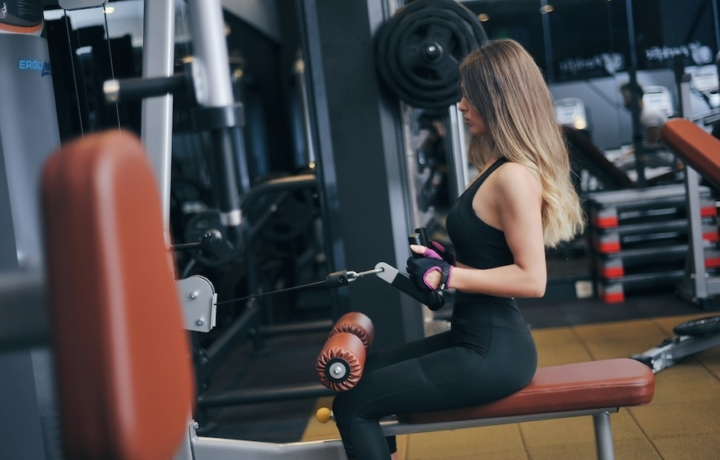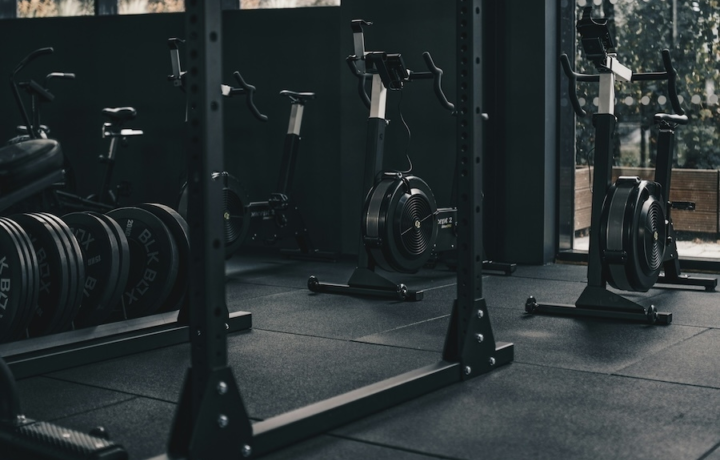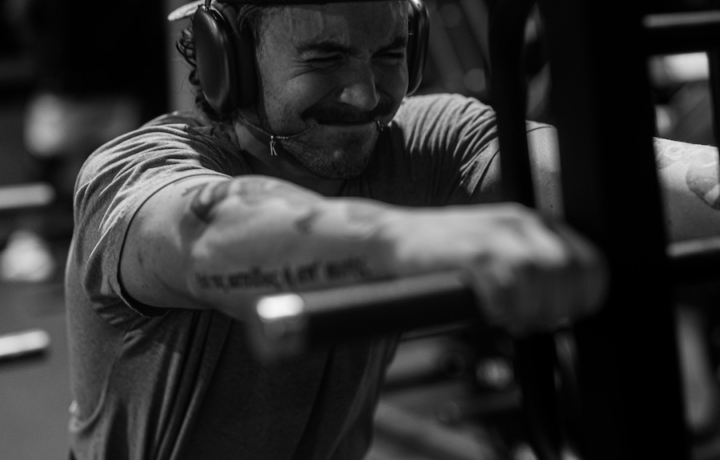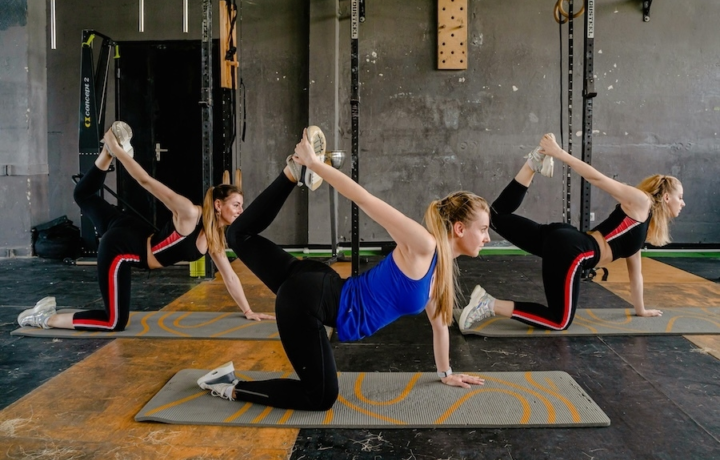Exercise
Rear Deltoid Stretch

Rear Deltoid Stretch
How to Perform
- Stand upright or sit with your back straight and shoulders relaxed.
- Extend one arm across your chest at shoulder height, keeping your arm straight but not locked.
- Use your opposite hand to gently pull the extended arm closer to your chest by holding the elbow or upper arm.
- Keep your shoulders down and away from your ears throughout the stretch to isolate the rear deltoid.
- Hold the position for 20-30 seconds while breathing deeply and evenly.
- Avoid rotating your torso during the stretch; keep your chest facing forward.
- Release the arm slowly and repeat the stretch on the opposite side.
- For a deeper stretch, you can slightly elevate the elbow of the arm being stretched while maintaining proper alignment.
Important information
- Make sure you feel the stretch in the back of your shoulder, not in your joint or neck area.
- Keep your breathing steady and relaxed to help deepen the stretch gradually.
- Never force the stretch to the point of pain; a mild pulling sensation is appropriate.
- If you have existing shoulder injuries, consult with a healthcare professional before performing this stretch.

Rear Deltoid Stretch
Exercise Details
Primary Muscles
Muscle Groups
Mechanic
Built for progress
Take the guesswork out of training
Create personalized AI-powered workout plans that evolve with you. Train smarter, track every rep and keep moving forward, one workout at a time.






The rear deltoid stretch offers a gentle yet effective way to release tension in the posterior shoulders, an area often neglected in typical stretching routines. This accessible movement targets the rear delts specifically, making it perfect for beginners who are just starting their fitness journey. No special equipment or advanced knowledge is needed, simply a willingness to take a moment for recovery.
As both a warm-up and cool-down essential, this stretch helps prepare the shoulder complex for more intense movements while also facilitating recovery after training. Including it before your workout increases blood flow to the rear shoulder region, potentially reducing injury risk and enhancing performance. Post-workout, it aids in releasing accumulated tension, promoting faster recovery and reducing potential soreness.
The beauty of this stretch lies in its versatility within a mobility-focused routine. Regular practice can help maintain healthy shoulder function and may even improve posture by counteracting the forward-shoulder position many develop from desk work and daily activities. For those experiencing tightness from repetitive pushing movements like bench presses or pushups, this stretch provides welcome relief.
Properly stretched rear deltoids contribute to better overall shoulder mechanics, potentially allowing for greater range of motion in compound movements. This translates to more effective workouts and balanced muscular development across the entire shoulder girdle. The stretch can be particularly beneficial for individuals who experience limited reach behind their back during daily activities.
For optimal results, incorporate this stretch into your routine several times weekly, holding each position long enough to feel a gentle sensation without pain. Remember that consistency trumps intensity when it comes to improving flexibility and mobility. This simple yet effective stretch demonstrates that sometimes the most basic movements can deliver significant benefits for your physical wellbeing, especially when performed regularly as part of a comprehensive approach to fitness and recovery.
FAQ - Rear Deltoid Stretch
The rear deltoid stretch primarily targets the posterior deltoid muscles at the back of your shoulders. It also engages surrounding muscles including the rotator cuff, rhomboids, and portions of the upper back, making it excellent for overall shoulder mobility.
Extend one arm across your chest and use your opposite hand to gently pull the elbow closer to your body until you feel a stretch in the back of your shoulder. Keep your shoulders relaxed and down away from your ears, and hold for 20-30 seconds per side without bouncing or forcing the stretch.
For optimal shoulder mobility, perform this stretch 1-2 times daily, especially if you spend long hours at a desk. Include it both as part of your pre-workout warm-up and post-workout recovery routine to maximize its benefits and progressively improve your overhead range of motion.
Yes, this stretch can help alleviate shoulder discomfort caused by muscular imbalances from pushing exercises like bench press and overhead press. Regular stretching helps balance the shoulder complex by releasing tension in the rear deltoids, though persistent pain should always be evaluated by a healthcare professional.
Avoid rotating your torso during the stretch, which reduces effectiveness by taking tension off the target muscles. Don't pull the arm too aggressively or stretch to the point of pain, as this can cause injury. Finally, ensure you're not elevating your shoulders toward your ears, which creates unnecessary tension.









